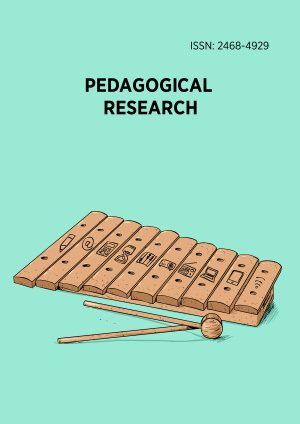Abstract
Today math teachers can best reach their students and show them how math surrounds us by using manipulatives, children’s literature, and GeoGebra while teaching mathematics. These are some of the best pedagogical practices for teaching mathematics today. In our high-tech world, students need to be proficient in science, technology, engineering, and mathematics (STEM) fields. As endorsed by National Council of Teachers of Mathematics (2000) and stressed in common core state standards in mathematics, it is important that we teach with technology, address dispositions and math anxiety, and make the math that young people are learning pertinent and meaningful. Frequently, it may be best to start teaching young people geometry first as opposed to numbers, which are considered more abstract and difficult to learn. Geometry is one of the most tangible divisions of math and concentrating on this first can help students’ whole view of mathematics and their insolences towards learning the subject. Nowadays teachers also need to be cognizant and checking for attitudes and dispositions toward learning mathematics, as math anxiety is an issue in today’s classrooms. This paper will revisit the best pedagogical practices for teaching math the review of the use of math manipulatives, children’s books, and GeoGebra to help teachers create mathematically confident young people.
License
This is an open access article distributed under the Creative Commons Attribution License which permits unrestricted use, distribution, and reproduction in any medium, provided the original work is properly cited.
Article Type: Review Article
PEDAGOGICAL RES, Volume 9, Issue 2, April 2024, Article No: em0193
https://doi.org/10.29333/pr/14194
Publication date: 10 Feb 2024
Article Views: 8626
Article Downloads: 2187
Open Access References How to cite this article
 Full Text (PDF)
Full Text (PDF)